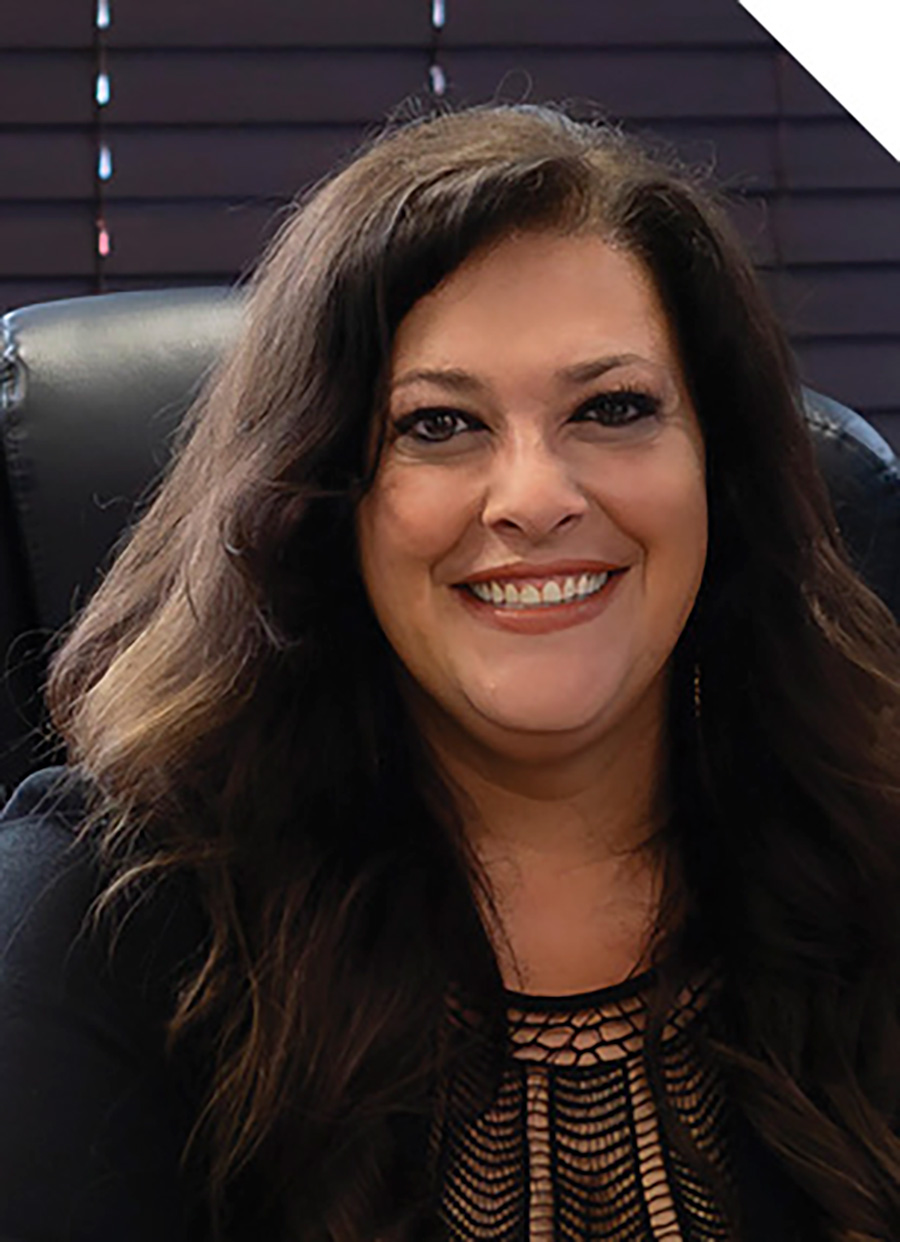
hen businesses are sold, they are typically acquired by competitors or companies seeking to diversify their portfolio. But a growing trend is for small businesses to be purchased by one or more key employees looking to take on a leadership or ownership role.
In Alaska, entrepreneurial employees are realizing their dream of purchasing the companies where they have invested their time, energy, and lives.
While no official numbers are available to quantify how many Alaska businesses have sold to employees, there is clearly more interest in business ownership, including among employees. At least that’s what the Alaska Small Business Development Center (SBDC) is observing.
Since the COVID-19 pandemic, SBDC has seen a marked increase in the number of new clients who want help buying or selling an existing business, according to executive director Jon Bittner. The center has also noticed that a number of the businesses being sold have been going to employees.

Alaska Small Business Development Center
SBDC spent a total of 208 hours advising clients from January to June in 2022 and 296 advising hours with clients between January and June in 2023.
What’s triggering the increased interest in business ownership and companies being acquired by employees? There are a range of factors. For example, since the COVID-19 pandemic, business owners are re-evaluating their long-term goals, according to Clifford Cochran, director of SBDC’s Kenai Peninsula Center. “In some cases, weathering the pandemic was too much and drove them out,” he says. “In other cases, the business climate changed, and sellers want to go.”

First National Bank Alaska
Chad Steadman, senior corporate lending director at First National Bank Alaska, has also noticed significant transitions in business ownership after the COVID-19 pandemic. There was a realignment of thinking, with many owners wanting to retire or change careers, he says. Then the owners needed to determine how their business would thrive going forward. Many want their legacy to continue and to support the individuals who have worked so hard to help their company succeed. “I believe business owners sell to employees because they want to take care of folks they have relied on, ensure business succession, and see their legacy grow and thrive after they are gone,” he says.

Alaska Small Business Development Center
Down payment and sale price are the biggest barriers to individuals buying their employer’s business, Cochran says. “Employees often do not have the 20 to 35 percent down payment lenders require, which often nixes the sale,” he explains. “There is too much risk in a seller financing agreement, so that is often considered but passed on. Business owners often overvalue their business, so this can often prevent the deal from happening, simply because a bank will not finance an acquisition if the business cannot support the debt service.”

Fairbanks Economic Development Corporation
In the Fairbanks area, the sale of companies to employees has generally entailed some form of buy-out, says Jomo Stewart, president and CEO of the Fairbanks Economic Development Corporation. The transactions have primarily involved establishments that are owned by a single person or family or a few partners.

Somers Sotheby’s International Realty
Since then, Tallant has diligently worked to expand the company, now named Somers Sotheby’s International Realty. Within a year after purchasing the company, she had acquired thirteen new agents. In 2014, she opened an office in North Pole and continued to grow the business. “In 2017, I opened a new office in Eagle River so that the same culture and principles that Somers is known for could serve the Southcentral area,” she says.
In addition to adding more staff and locations, Tallant has also made a significant effort to enhance her agents’ access to technology. “I wanted to continue the amazing culture of the office while embracing technology and systems that would help us streamline our transactions and better serve our clients,” she explains. “In fact in 2020, I franchised with Sotheby’s international real estate so that I can better provide upcoming technology to my agents.”
Selling a business to key employees can offer a whole host of advantages for the current owner, other employees involved, and the business in general. “One of the major benefits of purchasing a company that you work for is that the entrepreneur doesn’t have to start from scratch at the inception of a business idea because they already have experience in operating the business and possess the industry expertise that may be required for success,” Wright says.

Anchorage Economic Development Corporation
Selling a company to current employees can also create a more seamless transition than selling to an outside entity. “By selling to key employees who are already familiar with the business operations, culture, and customer base, the new owner will be able to have a smoother transition with a minimized learning curve, reducing the potential disruption to the business’ continuity,” Wright says.
Moreover, the knowledge and relationship retention that comes with turning an employee into an owner can have widespread ramifications, Wright says. It can prevent the loss of critical business insight and provide a continuity of relationships between customers and vendors that are so vital to business success and sometimes take years to build.
Cochran has similar thoughts. When employees purchase their company, it often keeps the business momentum and provides for a smooth transition, he says. Eliminating the learning curve with an outside buyer often ensures the quality of the product or service remains. And with the company going to a key employee, this helps retain other employees as well.
Ultimately, the feasibility of the sale is the deciding factor. “If the deal does not pencil out or the employee does not have capital for the down payment, it often goes to a financial decision, with the seller needing to get out of the business while they have strong financials and are able and willing to keep performing at a high level,” Cochran says.
“When local employees purchase a business, they are more likely to prioritize the retention of existing jobs and the creation of new ones and have a sense of loyalty to their local community,” she says. “This helps maintain the employment opportunities that the business provides within the community and the pride the community has in the particular business because residents know that local businesses often form the backbone of a community’s economy.”
Similarly, Steadman emphasizes the positive effect of maintaining a business’ culture and legacy.
“A sale to existing employees is the most seamless transition for customers and vendors,” Steadman explains. “Employee purchases can help businesses leverage their existing local relationships with suppliers and retailers while maintaining continuity and business culture. Whenever an Outside firm purchases a business, profits are redistributed outside of Alaska, and the philanthropy and investment of a local business is lost. It has a significant impact on our community when we lose local companies.”
The internal elevations generated when employees purchase a business also produces important macroeconomic, community benefits, Stewart says. “Part of keeping talent either in a company or in a community is having identifiable, accessible, and functioning ‘avenues for advancement,’ preferably operating under a timeline that offers an employee a fair expectation that the rewards for their work will keep pace with the growth of their own needs,” he says. “Certainly, the real or even perceived absence of these can be a driver of flight from companies and communities alike.”
However, employees of longer tenure and experience will understand the unique needs of the business and will, presumably, provide better service to community members, Stewart says. This also will increase the likelihood the business will successfully remain in operation under the new owner.
From Wright’s perspective, employees purchasing a business presents an exciting opportunity for individual employees and the broader community. It’s also a testament to the evolving nature of entrepreneurship and the importance of cultivating a supportive ecosystem for business ownership. “As Baby Boomer business owners begin to look to retire, I really encourage them to consider mentoring and collaborating with their employees to prepare them for a potential transition that keeps their legacy alive,” she says, “and hopefully contributes to the growth of our young adult population so that our economy can grow for decades to come.”